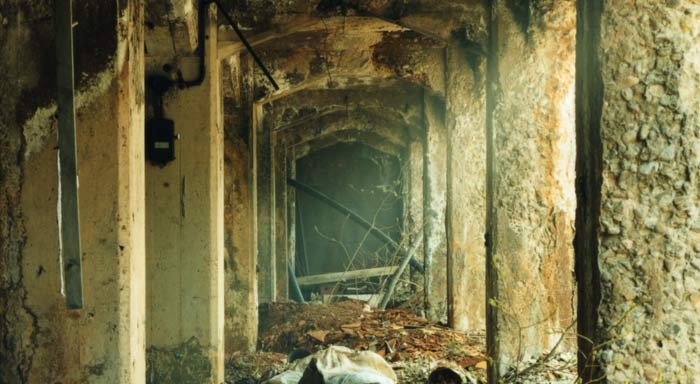
#01
鉱床は性質の異なる塊状または層状の黒鉱鉱床からなり、立石沢に沿って北から立石、本坑、上之沢、奥之沢の 4 鉱床が弧を描くようにして並びました。
The mine had four groups of irregular massive or layered black ore deposits, namely, Tateishi, Honko, Kaminosawa, and Okunosawa.
They lined up in an arc from the north along the Tateishi Stream.
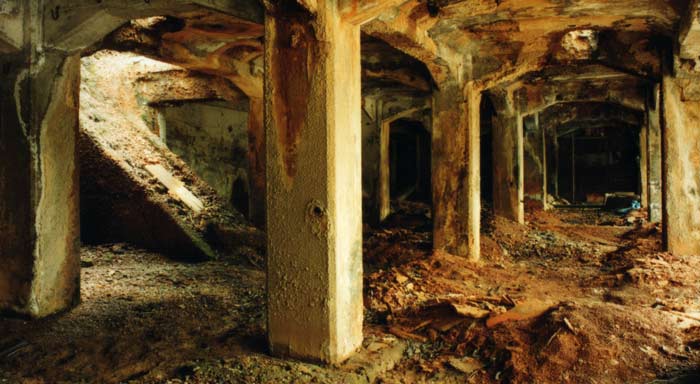
#02
欧米による軍需資材の輸出停止を受けて資源の不足が深刻化する中、上北の産銅量は 1944 年(昭和 19 年)に国内最大を記録して神風鉱山と称されました。
In wartime, the suspension of the export of war materials by the West worsened the war situation.
However, its monthly copper ore production was the highest in the country in 1944, and the mine was referred to as "Kamikaze Mine".
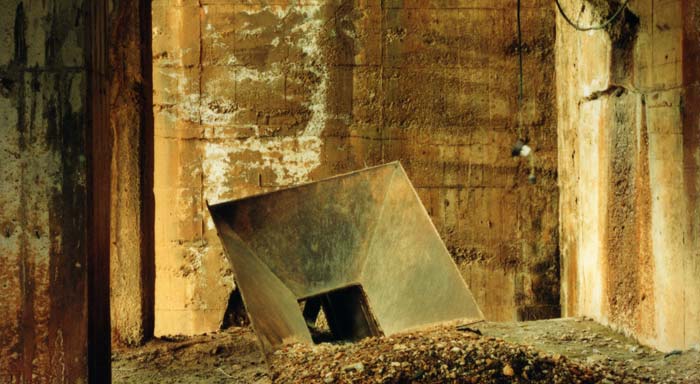
#03
戦時中は数百人もの朝鮮人労働者やアメリカ人捕虜が過酷な環境で使役されました。
敗戦後の本国送還に伴い、台湾や朝鮮などからの日本人引揚者が代替労働力として雇用されました。
Hundreds of Korean laborers and American captives were mobilized in poor working conditions during wartime.
After the war, numerous Japanese returned from Taiwan, Korea, and others, employed as replacements for them.
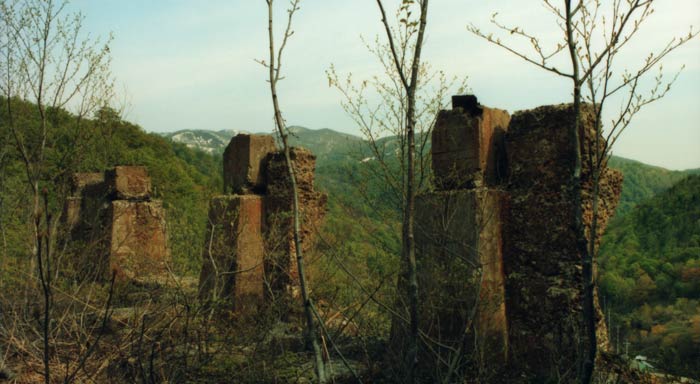
#04
元山と野内貯鉱舎を結ぶ総延長 21 km の索道は往路に精鉱、復路に資材や生活物資を運搬し、乙供駅から元山までの 28 km の区間はガソリン機関車が人員や重量物の輸送を担いました。
The aerial tramway with a length of 21 kilometers connected the mine to Nonai Ore Storage Facility, transporting material and daily commodities back from Nonai.
Moreover, gasoline locomotives transported personnel and heavy loads for 28 kilometers from Ottomo Station.
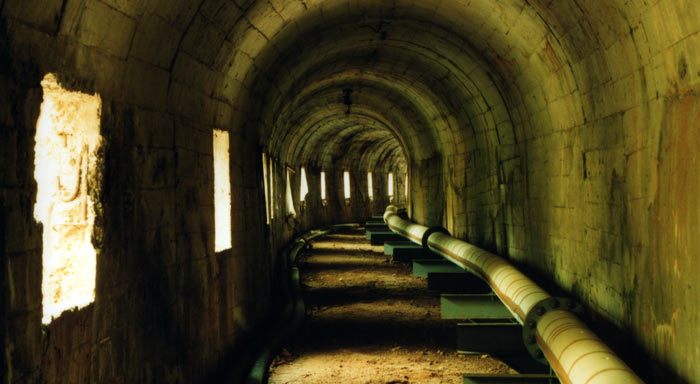
#05
製品は索道によって野内貯鉱舎まで運搬された後、銅精鉱と沈殿銅は日立製錬所、亜鉛精鉱は三日市製錬所、硫化精鉱は東京や大阪、朝鮮の工場へ向けて出荷されました。
The concentrates, transported to Nonai by aerial tramway, were sent to affiliated smelters, namely, copper concentrate and cement copper to Hitachi Smelter, zinc concentrate to Mikkaichi Smelter, and sulfide concentrate to Tokyo, Osaka, and Korea.
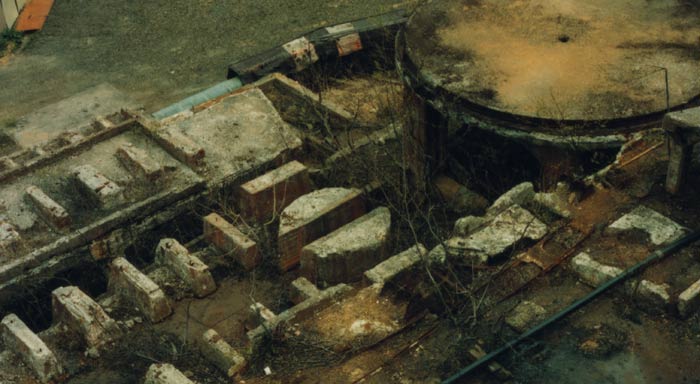
#06
操業開始から数年後、麓を流れる坪川は鉱泥による汚染を受けて魚の生息できない死の川へと変容します。
汚染は流域の水田に拡がり、鉱害対策が講じられることとなりました。
Ore mud contaminated the Tsubo River, flowing at the bottom of the mine, within several years of operation beginning.
The contamination spread to neighboring paddy fields, and measures to prevent mining pollution have been taken.





